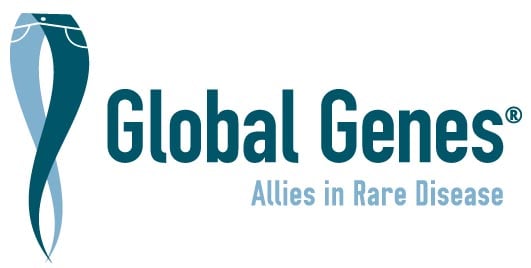Encircling double aortic arch
Encircling double aortic arch is a very rare congenital anomaly of the great arteries characterized by the presence of two aortic arches (right and left) which encircle and compress the trachea and esophagus resulting in various respiratory and gastrointestinal symptoms (e.g. harsh breathing stridor dyspnea cyanotic and choking episodes chronic cough recurrent respiratory tract infections dysphagia and reflux). Esophageal atresia and tracheoesophageal fistula have also been reported. It usually occurs isolated but on occasion may be associated with other congenital heart anomalies and chromosomal aberations.
Data from Orphanet are used to provide information on a disease's name, synonym(s), and overview.
Reference: Access aggregated data from Orphanet at Orphadata.
Orphadata: Free access data from Orphanet. © INSERM 1999. Available on http://www.orphadata.org. Data version April 2024
Newly diagnosed with
Encircling double aortic arch?
Our RARE Concierge Services Guides are available to assist you by providing information, resources and connections as you navigate your rare disease journey.
Clinical Trials
For a list of clinical trials in this disease area, please click here.
